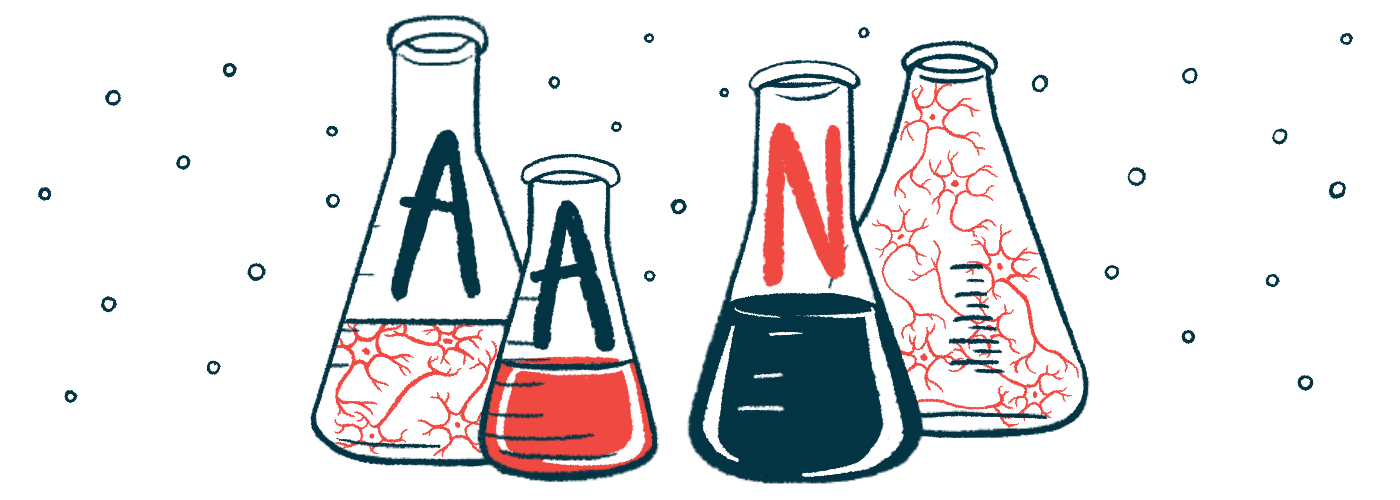AAN 2025: PrimeC reduces miRNAs linked to ALS progression
Trial data provide support for advancement

Neurosense Therapeutics’ oral therapy PrimeC significantly reduces blood levels of miRNAs — molecules involved in regulating gene activity — associated with disease progression and survival in people with amyotrophic lateral sclerosis (ALS).
That’s according to six-month biomarker data from the Phase 2b PARADIGM clinical trial (NCT05357950), in which 68 adults with ALS were randomly assigned to receive either PrimeC or a placebo for six months, followed by one year on the therapy.
The positive effects are consistent with previously reported data, showing that patients treated with PrimeC for 18 months (about 1.5 years) had a 33% slower disease progression and 58% higher probability of survival than those who began PrimeC six months later.
“We are excited by these results from the PARADIGM trial, which provide further compelling support of PrimeC’s potential to modify disease progression in people living with ALS,” Alon Ben-Noon, CEO of Neurosense, said in a company press release.
The new findings further support PrimeC’s advancement to Phase 3 clinical testing, which is planned for the second half of this year.
Results presented at AAN meeting
The results were detailed by Jeffrey Rosenfeld, MD, PhD, a professor of neurology at Loma Linda University School of Medicine in California, in an oral presentation at the American Academy of Neurology (AAN) 2025 Annual Meeting, held April 5-9 in San Diego and online, in a talk titled “MicroRNA Profiling and Iron-Related Modulation as Key Markers for Target Engagement in ALS Treatment with PrimeC.”
PrimeC, a patented combination of the antibiotic ciprofloxacin and the anti-inflammatory celecoxib, both of which are approved in the U.S. for multiple indications, is designed to target inflammation and other mechanisms that drive symptoms of ALS.
The newly presented PARADIGM results offer further understanding on how PrimeC may have slowed disease progression in the ALS patients who received the experimental treatment during the first six months of the trial.
Researchers looked for significant changes in blood miRNA levels with PrimeC versus a placebo. They found that PrimeC led to a “profound and consistent downregulation [reduction]” in the levels of 161 miRNAs across all evaluated time points up to six months, Neurosense said. This was not observed in the placebo group.
Among the downregulated miRNAs were miR-199 and miR-181, both of which are upregulated in ALS patients relative to healthy people. miR-199 is linked to neuroinflammation and lower nerve cell survival, while miR-181 is linked to a higher risk of death.
Their downregulation aligns with previous reports of slower disease progression and prolonged survival with PrimeC versus the placebo.
“The ability of PrimeC to affect miRNA [levels] and the underlying disease pathways not only validates our approach but positions PrimeC as a promising therapeutic candidate for ALS,” Ben-Noon said.
The research was done in collaboration with Noam Shomron, PhD, who heads the functional genomics laboratory at Tel Aviv University Medical School.
“What stood out to us was the consistent modulation of key miRNAs closely associated with ALS biology,” Shomron said. “Observing these changes as part of a rigorous and well-controlled analysis was particularly compelling. It speaks to the potential of PrimeC to directly influence key molecular mechanisms in ALS, in a manner that is both data-driven and unbiased.”







